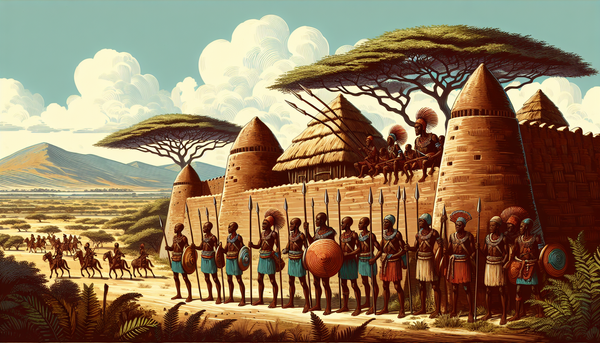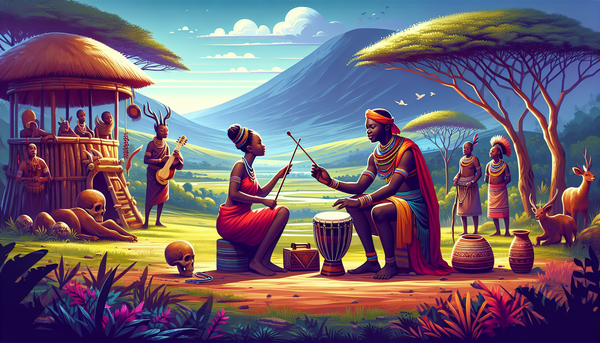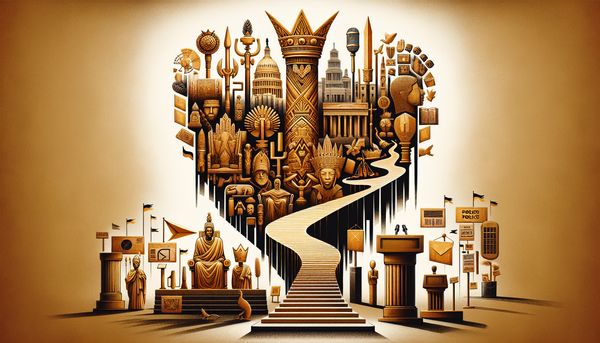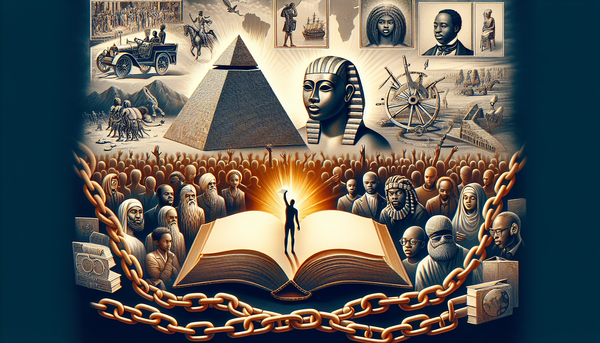The Historic Relationship Between Africa and the Arab World
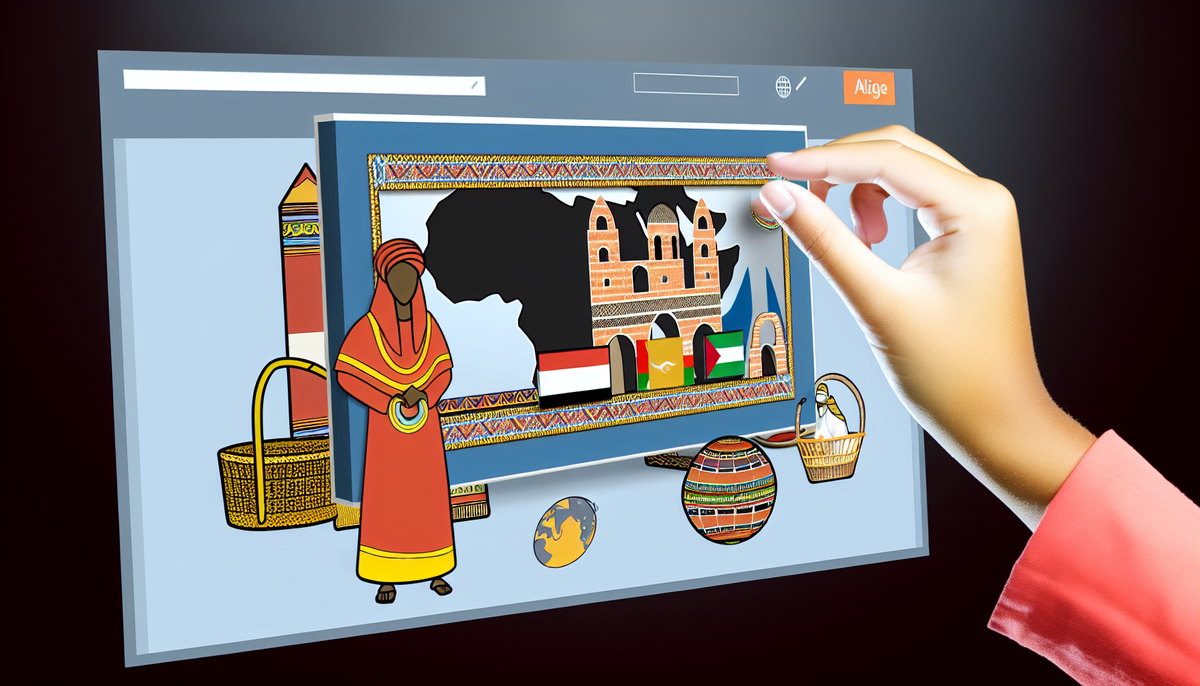
Trade and Commerce in Ancient Times
The relationship between Africa and the Arab world has deep roots that trace back to ancient trade networks. These connections flourished along critical trade routes, such as the trans-Saharan caravan routes, which facilitated the exchange of goods, culture, and ideas between North Africa and sub-Saharan regions. Arab merchants played a significant role in these exchanges, bringing commodities such as textiles, spices, and precious metals to African markets.
In return, Africa offered valuable resources, including gold, ivory, and salt, which were highly sought after in the Arab world and beyond. Cities like Timbuktu and Carthage emerged as bustling commercial hubs, where traders from diverse cultures met to conduct business and share knowledge. The wealth generated from these trade activities contributed to the development of sophisticated political and social structures in both regions.
The interaction through commerce also allowed for the spread of Islamic culture and language, particularly in the coastal areas of East Africa, where trade with Arab merchants led to the formation of Swahili city-states. This period laid the groundwork for the complex and multifaceted relationship that would continue to evolve between Africa and the Arab world throughout history.
Cultural Exchanges and Influences
The cultural exchanges between Africa and the Arab world have significantly shaped the identities and traditions of both regions. Beginning with ancient trade routes, merchants and travelers facilitated not only the movement of goods but also the sharing of ideas, art, and customs. This interaction led to the fusion of cultures, particularly in regions where Arab traders established settlements, such as the Swahili coast and the Sahel.
Language is one of the most profound influences, with Arabic becoming intertwined with African languages, resulting in dialects rich in Arabic vocabulary. This linguistic blend reflects the shared histories and interactions between the peoples of both regions. Moreover, literature, music, and visual arts have been deeply impacted by this cultural intermingling; themes and styles from Arab traditions have permeated African art forms, fostering unique expressions that celebrate both identities.
Religious and philosophical ideas also flowed between the regions, particularly with the introduction of Islam to Sub-Saharan Africa. This not only altered spiritual practices but also influenced social structures and norms, encouraging scholarship and education. The ongoing exchange continues to leave lasting legacies, emphasizing a rich tapestry of shared cultural heritage that is celebrated today through festivals, cuisine, and community traditions.
Religious Spread and Integration
The spread of Islam across Africa marked a transformative period in the relationship between the continent and the Arab world. Arriving in the 7th century, Islam quickly took root, facilitated by trade routes and the influence of Arab merchants who introduced religious practices alongside goods. One of the most significant early examples of this influence was seen in West Africa, where Islam blended with local traditions, leading to a unique integration of beliefs.
Key cities such as Timbuktu and Gao became centers of Islamic scholarship and learning. Scholars and traders contributed to a vibrant intellectual culture that not only embraced religious teachings but also promoted advancements in science, mathematics, and philosophy. The establishment of mosques and madrasas throughout the region further solidified this foundational religious impact.
Islam's spread was characterized by a peaceful coexistence with indigenous spiritual practices, allowing for a syncretic merging of traditions. Festivals, rituals, and art forms began to reflect both Islamic and local elements, enriching the cultural landscape. Over time, Islam not only became a significant aspect of the identity for many African societies but also served as a unifying force, fostering connections between diverse communities across the vast African continent and the Arab world.
Scientific Collaborations and Knowledge Sharing
The historical relationship between Africa and the Arab world has been marked by remarkable scientific collaborations and knowledge sharing that significantly influenced both regions. During the medieval period, particularly between the 8th and 16th centuries, scholars in the Arab world made significant advancements in various fields such as mathematics, astronomy, medicine, and geography. These advancements reached Africa through trade and cultural exchanges.
Prominent centers of learning, such as the University of Timbuktu, became pivotal in the dissemination of knowledge, attracting scholars from across the Islamic world and beyond. African scholars engaged with Arabic texts, translating and expanding upon them, contributing original research that enriched global heritage. Notably, the mathematical concepts of algebra and the astrolabe were introduced to African scholars, fostering advancements in navigation and agricultural practices.
Medical knowledge also flourished as African practitioners integrated traditional healing methods with Islamic medical practices, creating a unique healthcare system. The sharing of agricultural techniques, such as irrigation and crop rotation, improved agricultural productivity across the continent. This exchange resulted in a cross-pollination of ideas that laid the groundwork for future scientific inquiry, creating a legacy of collaboration that continues to influence fields of study today.
Conflict and Cooperation Through History
Throughout history, the relationship between Africa and the Arab world has been shaped by a complex interplay of conflict and cooperation. While trade and cultural exchanges fostered connections, political ambitions and territorial disputes often led to tensions. The rise of powerful empires, such as the Mali and Songhai empires in West Africa, created a dynamic where both conflict and alliance were commonplace, as local leaders sometimes resisted external influence while engaging in beneficial trade with Arab merchants.
One significant conflict was the 19th-century expansion of European colonial powers, which often exacerbated tensions between Arab and African societies, as they sought to establish control over resources and trade routes. However, this tumultuous period also sparked instances of cooperation, as various African and Arab leaders formed alliances to counteract colonial ambitions, sharing intelligence and resources in their resistance efforts.
The subsequent struggle for independence across Africa further illustrated this duality. Arab nations supported African movements against colonial rule, forging bonds based on shared values of sovereignty and self-determination. Today, this historical context of both conflict and cooperation continues to influence diplomatic relationships, reminding us that the narrative between Africa and the Arab world is one of resilience and interconnectedness, shaped by both adversity and collaboration.
Migration Patterns and Demographic Changes
Migration between Africa and the Arab world has been a defining feature of their shared history, shaping demographic landscapes and cultural identities. Historical movements began with the Arab expansion in the 7th century, which brought Arab settlers into North Africa, significantly altering the region's ethnic composition and cultural practices. This migration laid the foundation for the Arab identity in the North African context, intermixed with Berber and other indigenous cultures.
In more modern times, the late 19th and early 20th centuries saw significant labor migrations, particularly to oil-rich Gulf states, where millions of Africans sought employment opportunities. This wave of migration contributed to increased demographic diversity within these countries, introducing varied African cultural influences, languages, and traditions.
Additionally, conflicts across regions have prompted waves of refugees and displaced persons, particularly during the Arab Spring and ongoing conflicts in the Middle East. These movements have led to dynamic demographic changes, creating multicultural societies in both Africa and Arab countries, where shared histories and experiences serve to unify diverse populations.
Today, contemporary migration continues to shape social, economic, and political realities, prompting discussions on integration, identity, and the future of both regions in an increasingly interconnected world.
Modern Diplomacy and Political Alliances
In recent decades, modern diplomacy between Africa and the Arab world has evolved into a complex network of political alliances and cooperative agreements. As globalization intensifies, both regions have recognized the importance of collaboration in addressing shared challenges such as security, economic development, and climate change. The African Union (AU) and the Arab League serve as pivotal platforms for diplomatic engagement, fostering dialogue and cooperation on regional and international issues.
Political alliances have been bolstered through various initiatives, such as the Arab-Africa Cooperation Summit, which aims to enhance collaboration across economic, social, and cultural fronts. This platform allows member states to work together on trade agreements, investment opportunities, and technological exchanges that can benefit both regions.
Furthermore, security cooperation has become paramount, with joint efforts to combat terrorism and organized crime that threaten stability. Countries such as Egypt and Morocco play key roles in these partnerships, leveraging their geopolitical positions to advocate for collaborative security measures.
In addition, growing economic ties reflect a commitment to mutual growth, with increased investments in infrastructure, energy, and agriculture. These modern diplomatic efforts illustrate a shared vision for a prosperous future, emphasizing the importance of unity and collaboration between Africa and the Arab world.
